If you like this you might also like these other stories including from Kenya, Kyrgyzstan and Vietnam
You might not think of honey straight away when you think of Ethiopia but its actually one of the biggest producers of honey in the world due to its role at the centre of Ethiopian culture, especially of the Christian's in the Amhara region where Bahir Dar is located. Honey is used to make honey wine called Tej which is used in all traditional ceremonies. Throughout the region every village would have multiple families making Tej from the local honey produced not in hives but in hollow tree logs hung from trees. There are Tej houses everywhere which is the equivalent of the British public house (pub).
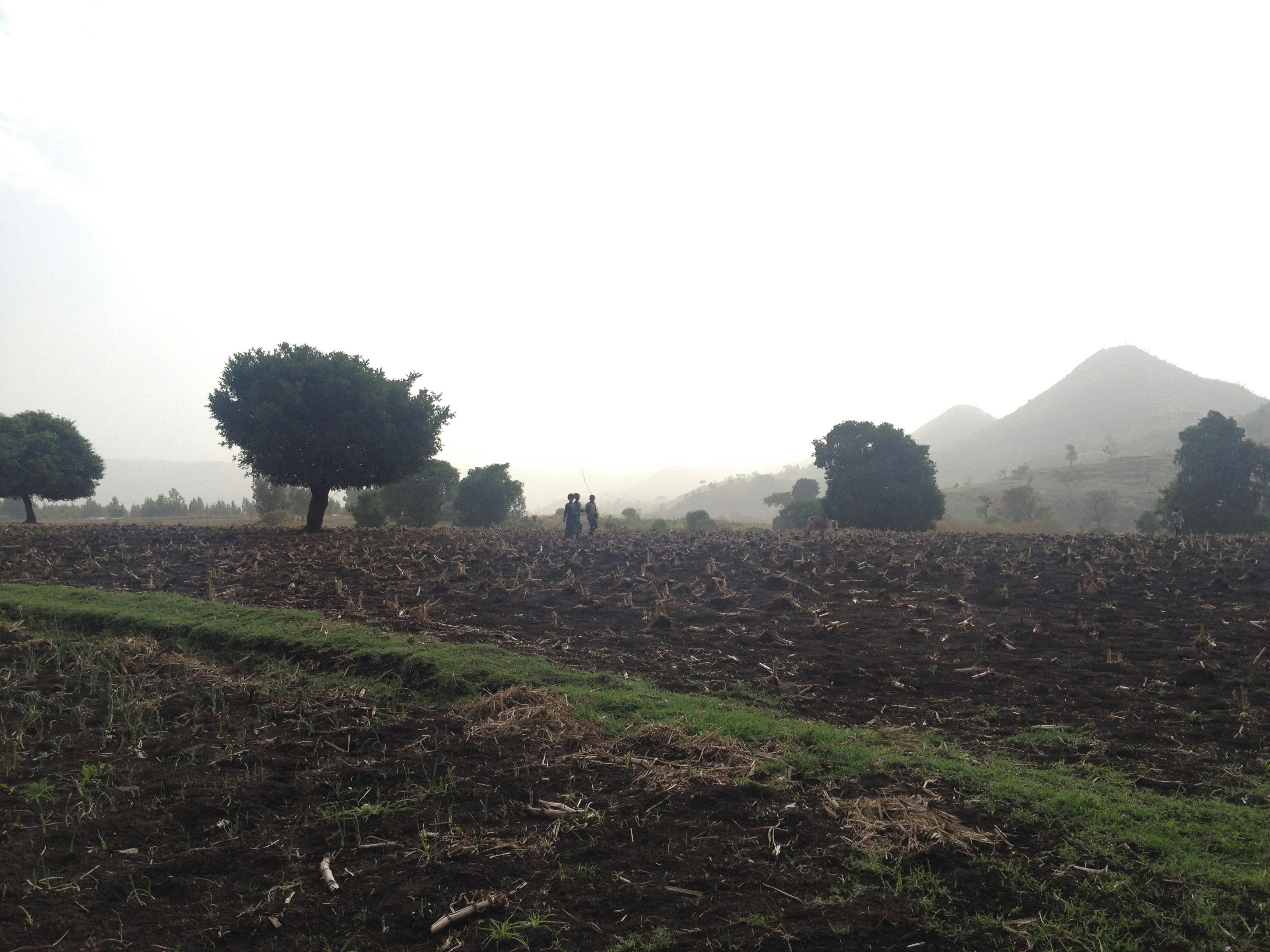
I used to look forward to my trips to Bahir Dar to run processing trials and oversee the production of honey that we were hoping to export in bulk to the world's discerning honey markets. I worked in both Addis Ababa, the capital, and Bahir Dar, a small but important city on the southern most tip of Ethiopia's largest lake - Lake Tana.

I would fly up to the honey processing factory every month that belonged to our partner, the biggest cooperative of beekeepers in the country. Ethiopia with 110 million people and counting, is the second most populous country in Africa after Nigeria, but only has one large city, Addis Abba. The country is therefore overwhelmingly rural and in many areas has hardly changed in hundreds, if not, thousands of years and it was a sight and an experience to behold. It is estimated that 85% of the population makes its livelihood from agriculture. The way people live and the culture they have created is astounding and one of the most incredible experiences of my life.
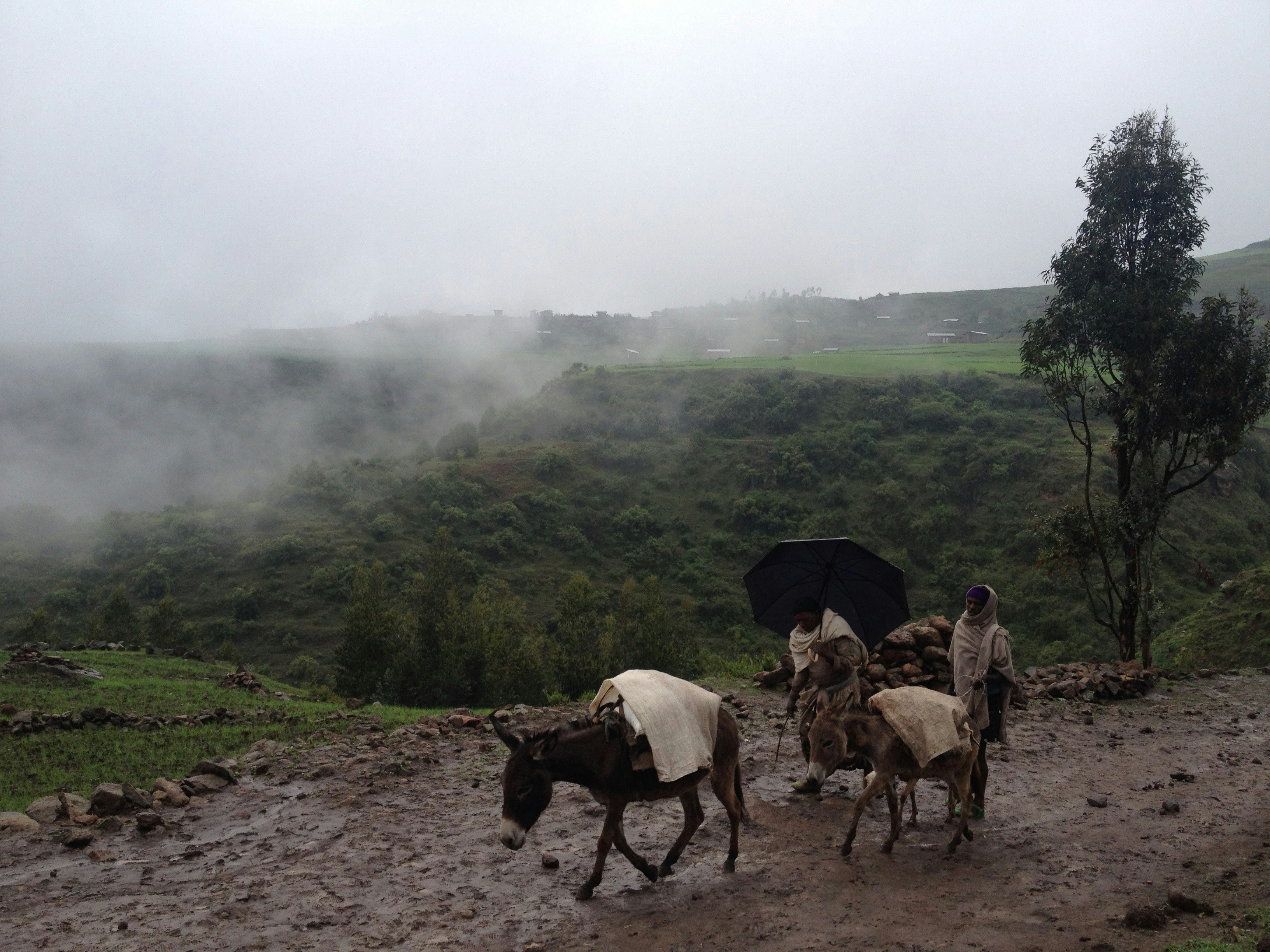
Ethiopia is known as the water-tower of Africa due to its massive highland area that attracts significant rainfall. The trans-highland flight would take me some 600 kms north east across the Ethiopian highlands, from Addis at 2,500 metres above sea level (msl), to Bahir Dar at 1,800 msl. Below I would wonder at the sculptured agricultural landscape with mosaics of fields and the amazing flat-topped eroded mountains called Ambas.
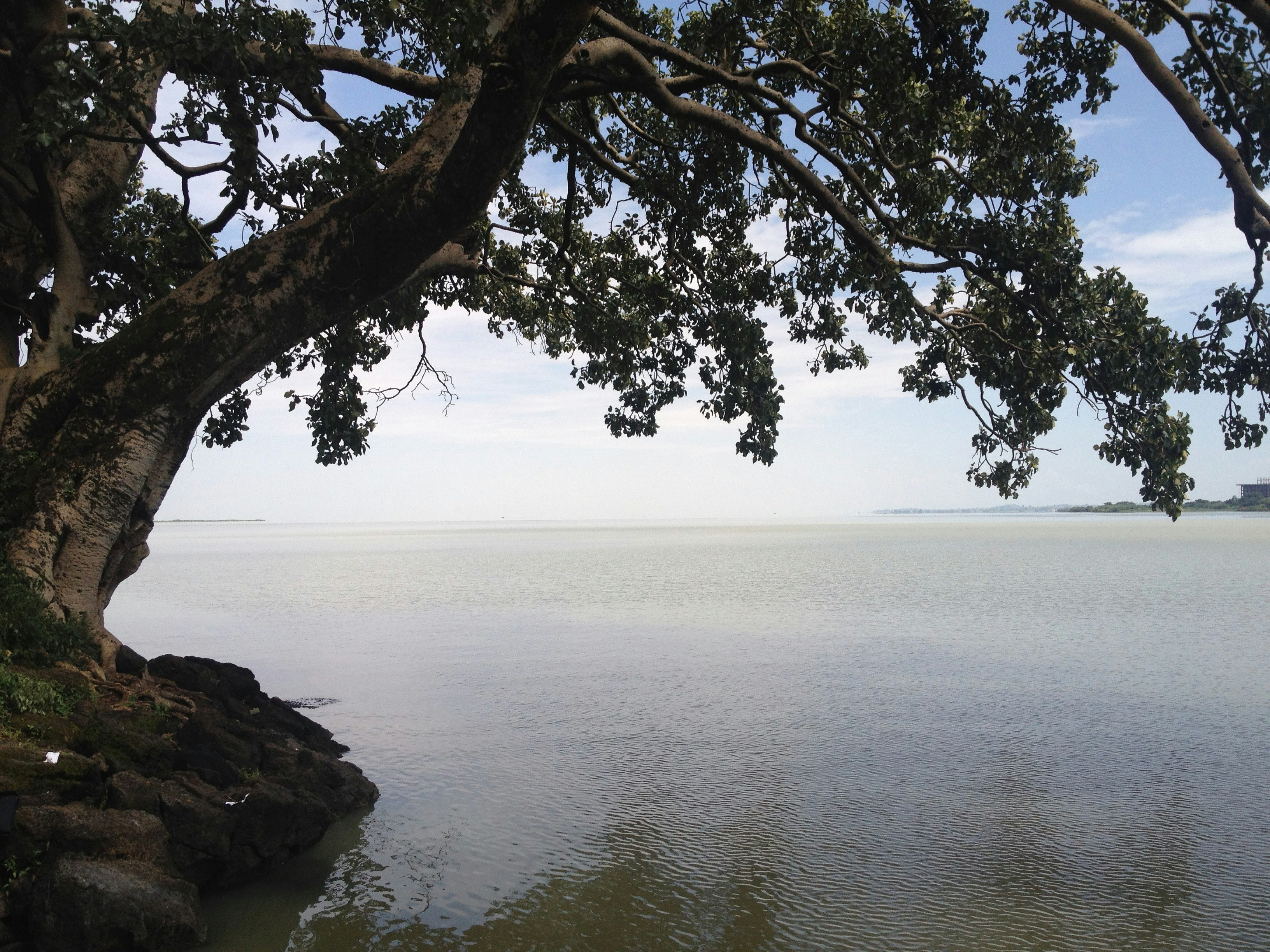
With a tropical savanna climate, Bahir Dar is hot, especially in the afternoons. Rainy season starts in May and ends in November and can be very humid. But everything changes by the lake. It has a micro-climate akin to that of paradise due to the delightful cool breezes that come off Lake Tana.
The lake is at the centre of the region of Amhara and its stunning Christian culture with many very important Christian sights and monasteries dotted on and around the lake. The lake is also incredibly important to the whole of north east Africa as it's the headwaters of the Blue Nile which flows north west into Sudan where it joins the White Nile in Khartoum to become the Nile.
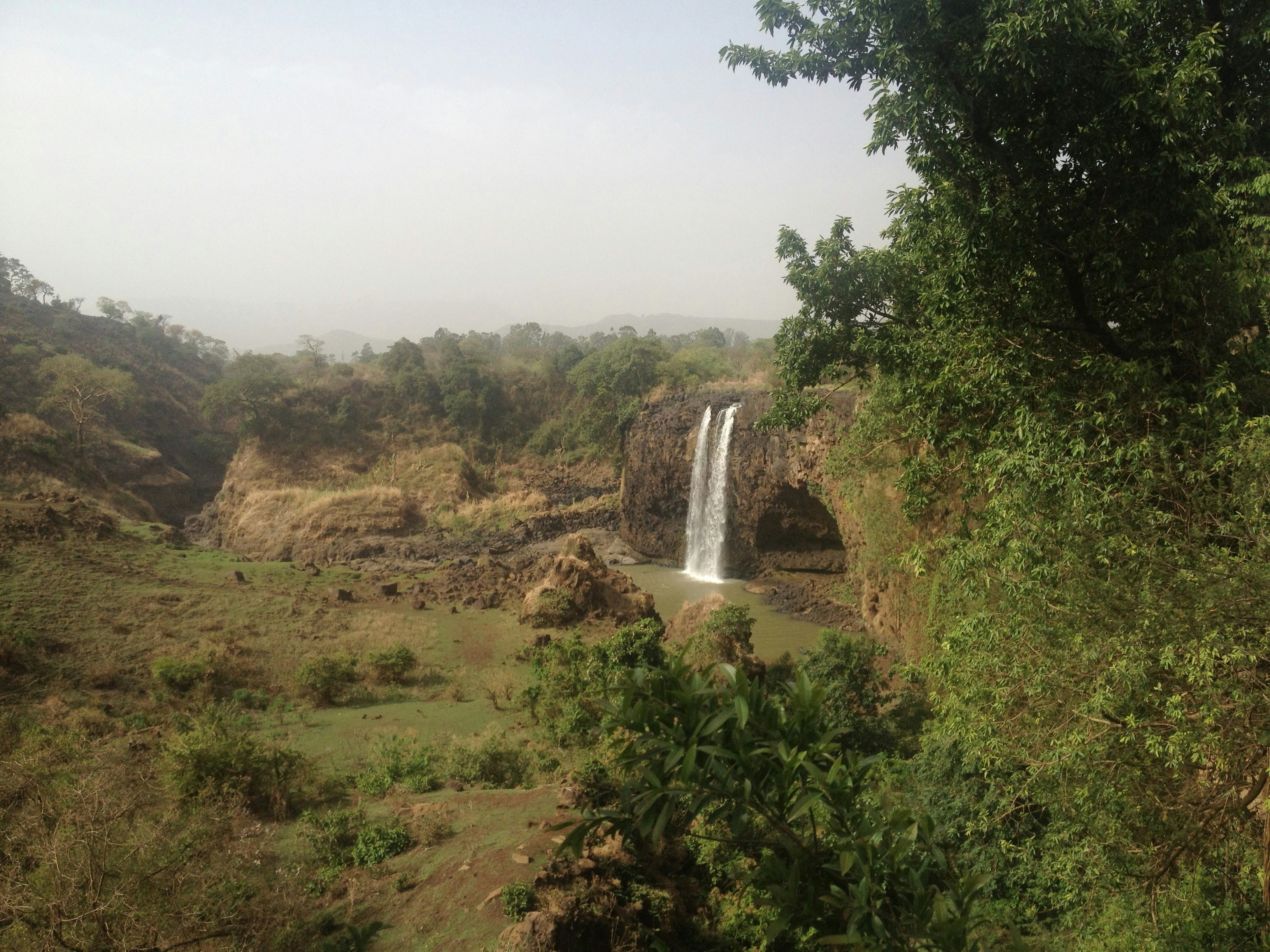
Arriving in Bahir Dar first thing in the morning, before the heat of the day, was quite literally a breath of fresh air compared to Addis which is in the middle of a massive construction boom. Choked not only from building dust, but also from the city's traffic, including from its soviet-era fleet of blue and white Lada taxis, that despite often needing pushing before you get in, are worth several thousand US dollars due to the country's prohibitive import tax on vehicles.

In Bahir Dar though, the Tuk Tuk or Bajaj rules the road, and one would whisk me off from the airport through fields, skirt the beautiful tree-lined Lake Tana, past the main church, St. Giorgis, and out to the factory in the dusty suburbs. After characteristic Ethiopian hugging ceremonies with all my colleagues it was already time for the first coffee break of the day.
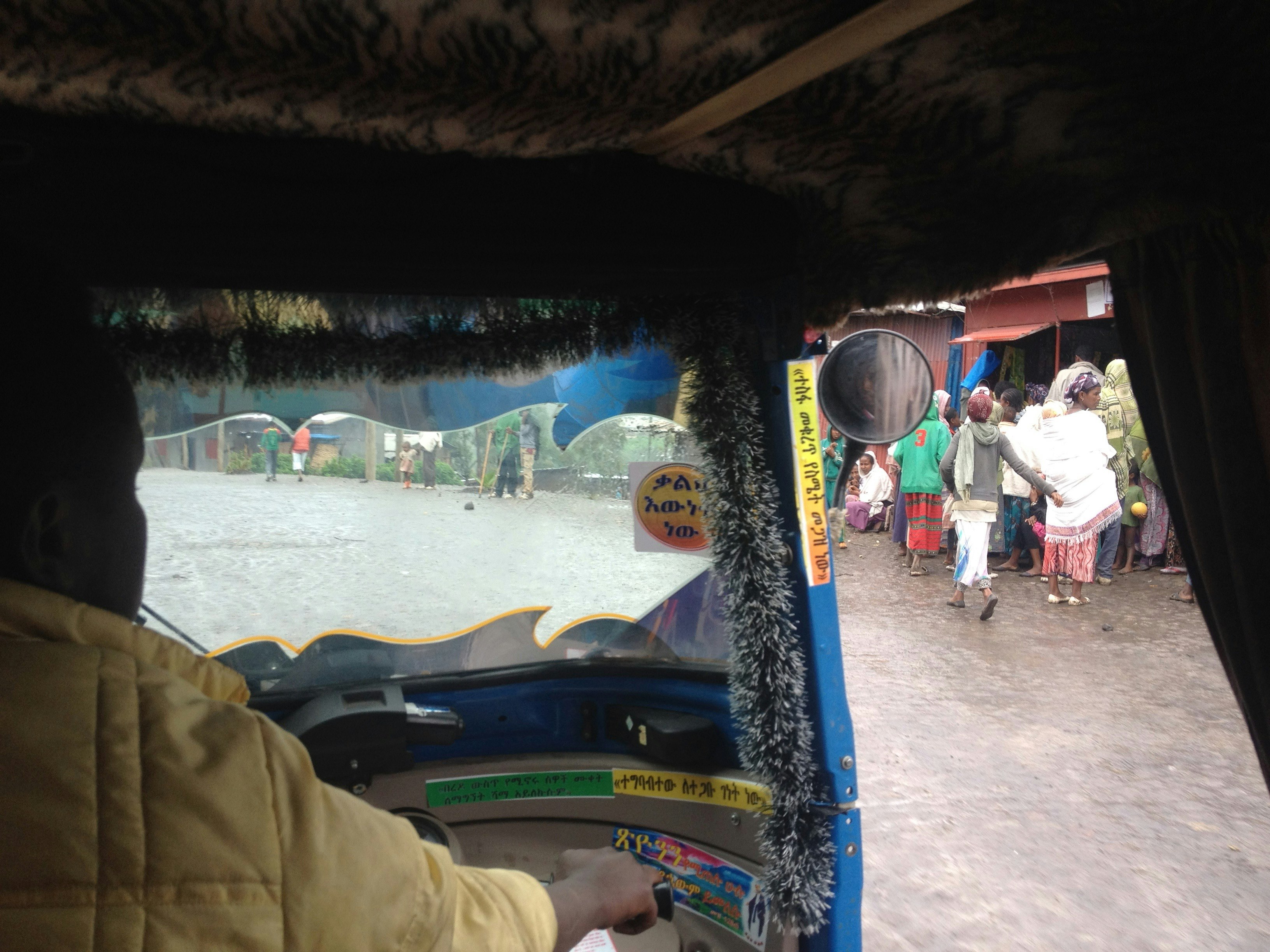
Coffee breaks can be longer than the lunch beaks in Ethiopia and when I was in Bahir Dar it was always spent at 'Rosa's' cafe right opposite the factory entrance. The humid, tropical forests in the South West of Ethiopia and neighbouring South Sudan are the natural (wild) home of Arabica coffee. These forests exist in a natural or semi-natural state, and some have been designated as reserves for the conservation of nature and livelihoods.
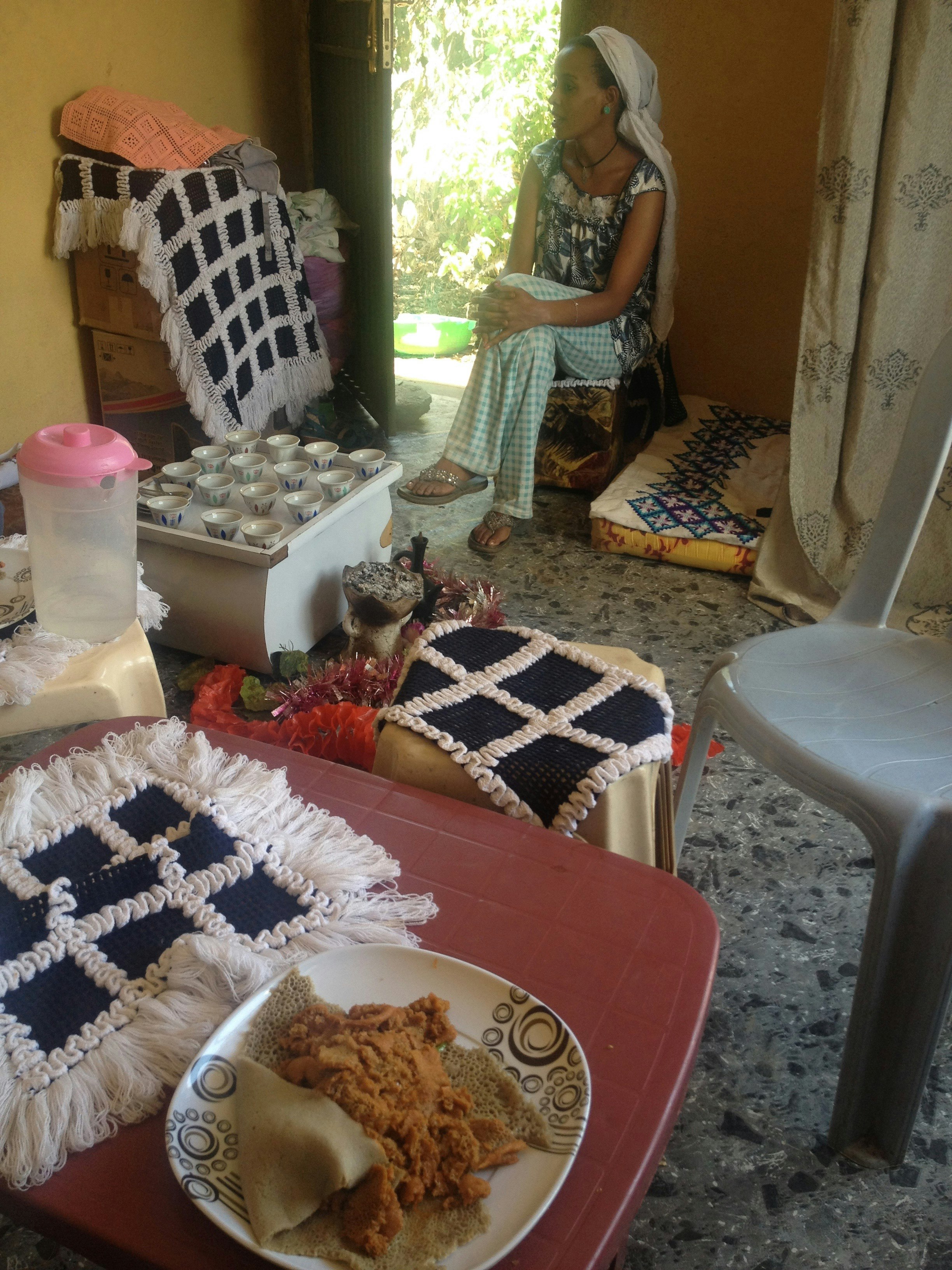
Ethiopia is the largest producer of coffee in Africa with millions of farmers all over the country deriving their livelihoods from its production and processing into dried green beans. It accounts for approximately 10 percent of Ethiopia’s GDP but to give you an idea of how important coffee is to the culture of Ethiopia it only exports about 50 percent of the coffee that it grows, compared to say one of Africa's next biggest producers, Kenya, which consumes only 3 percent of its coffee crop, and for further comparison, 14% in Colombia.
It's similar with its honey. Ethiopia is the 10th biggest producer of honey in the world with an estimated 50,000 metric tonnes produced each year, but its only the 62nd biggest exporter of honey, with less than 1% of its annual crop exported.
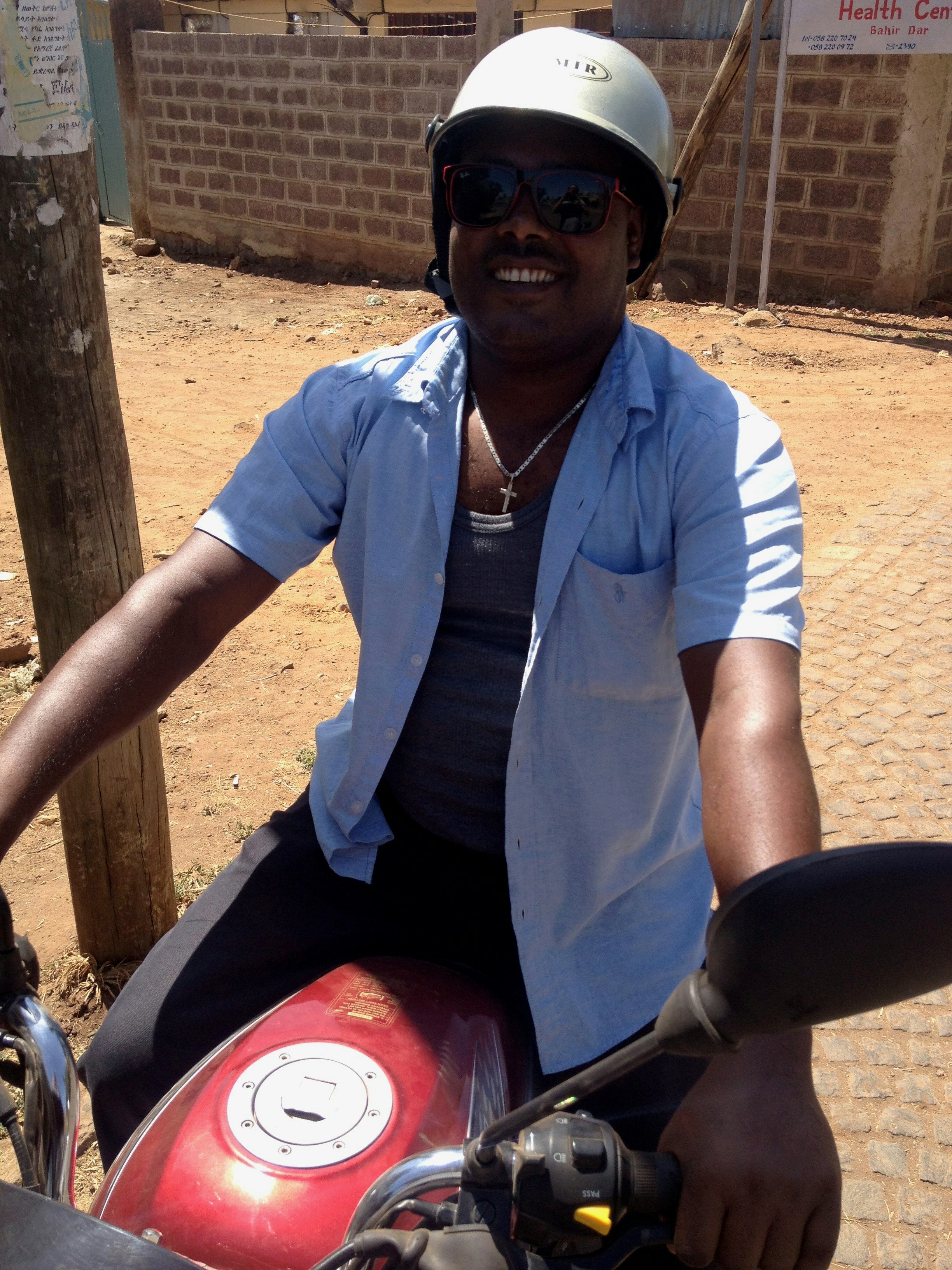
The coffee ceremony is how Ethiopians do coffee, it's as normal for them to drink coffee this way as its for Americans to go to Starbucks. The major difference is that the making of the coffee is done by hand in front of you, from the washing of the green beans, to roasting and grounding them, before brewing and filtering the coffee, all done in a haze of frankincense and myrrh incense smoke. The other key difference is it's always drunk black and the real flavours of the bean come through in what is a hipster's dream.
Both frankincense and myrrh are derived from the sap that oozes out of the Boswellia and Commiphora trees, when their bark is cut. The sap dries and it's sold in bags of crystal like lumps of gum which are then added to burning coals resulting in extremely fragrant sweet and bitter aromas from the frankincense and myrrh respectively.

Coffee ceremonies like I tried to explain, IS the cafe. They can be anywhere, on the pavement, in lift lobbies, corridors of shopping malls, outside or inside village huts, on the side of the road, in the office and of course in your home. One of my most endearing memories in Addis, was hearing the thud of the coffee beans being ground in a huge wooden mortar and pestle in the huts below my apartment. The noise was instantly accompanied by irresistible roast coffee bean aromas wafting through my window.
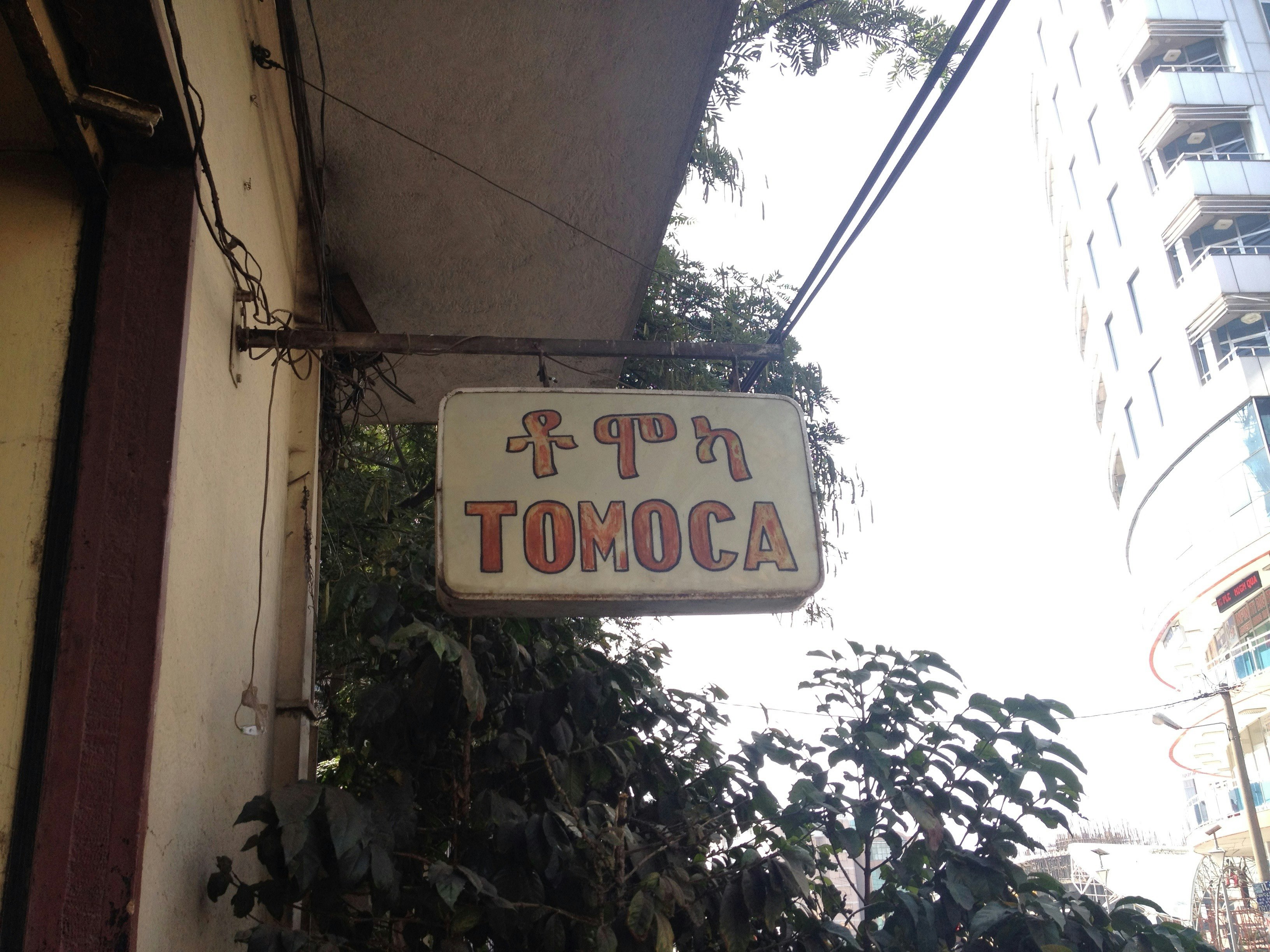
Believe it or not Bunna, as traditional coffee is known in these parts, isn't everyone's cup tea, including mine! I find the natural flavours a bit too heady, but thankfully Italian style espresso coffee is also a thing, especially in the country's intellectual capital, Addis Ababa, where extremely strong macchiatos are widely served. My favourite cafe in Addis was 'Tryst', in the Olympia area of the city, where you could sit and relax and strike-up conversations with returning Ethiopian diaspora from the US.
It was close to Kazanchis where I lived, which had the most amazing atmospheric cafe's, such as Alem Buna, where hawkers would provide newspapers and magazines for patrons to read for a few minutes, before passing them onto another patron to collect another small reading fee.
I doubt these cafes are even standing anymore given that they were right in the eye of the demolition storm that was ripping through some of Addis' oldest and most loved districts, in a Government driven plan to modernise the city at any cost.
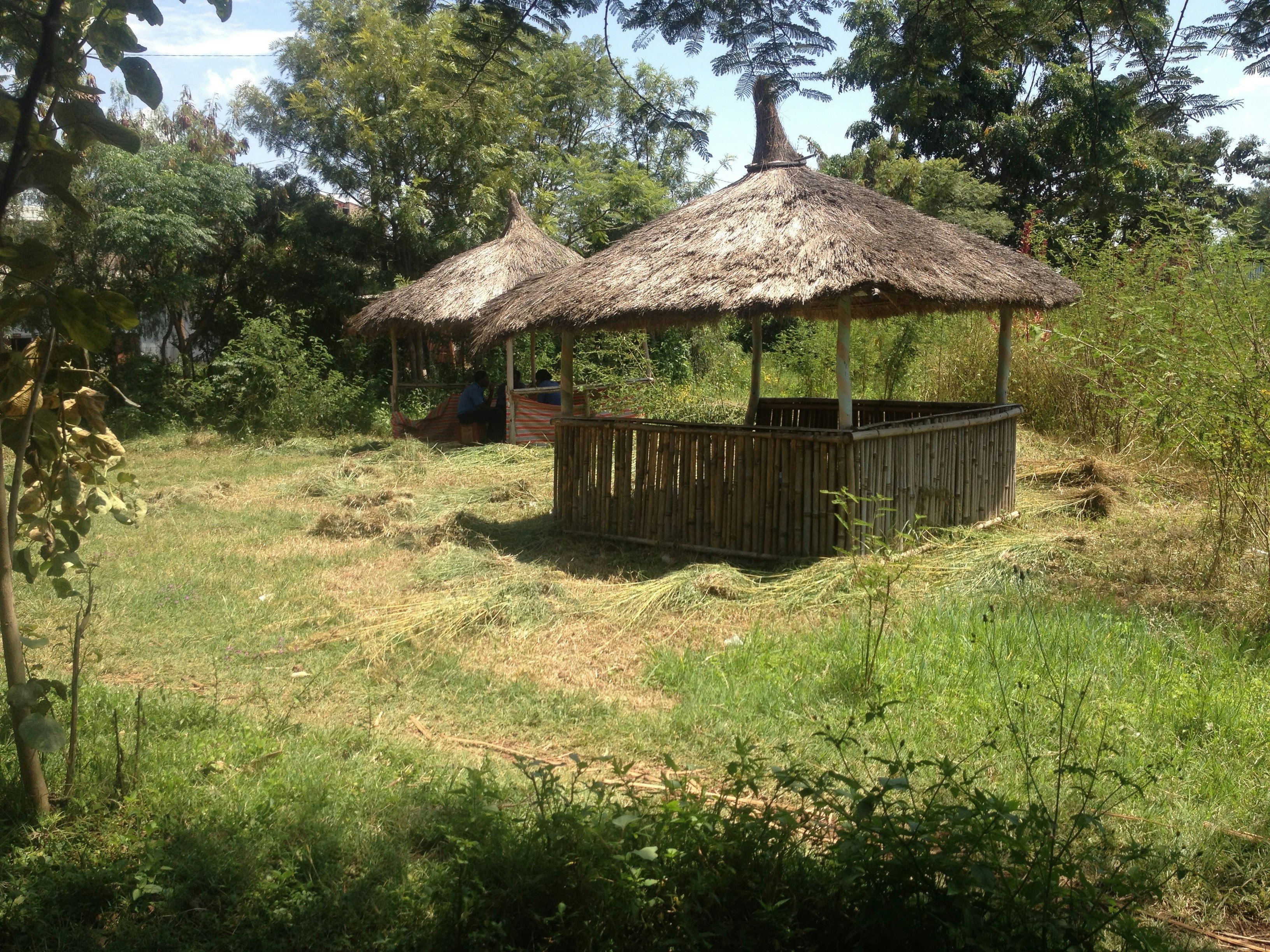
Shiro and Sprite was our staple meal at the factory. Lunch breaks involved a quick dash out of the factory to a sprawling cafe / restaurant in a grassy field across the road with shaded pool tables and gorgeous little wooden eating dens with grass roofs which were essential in the heat of the day, especially during the dry season when there is little cloud in the sky.

Knowing when it's lunchtime in Ethiopia is difficult, and it's not because it's laid back. It's even difficult knowing what year it is. Ethiopia you see is almost 8 years behind the rest of the world, some would say more, as they never adopted the Roman calendar, and just as unusual is their use of a 12 hour, rather than a 24 hour clock.
I will try to explain. Ready? A day in Ethiopia starts at 1 o'clock in the morning, which is equivalent to 7am East African Time (EAT), rather than the conventional 12 am which is when most days start around the world. The night begins at 7pm EAT, which once again is 1 o'clock in Ethiopian time and is when the next 12 hour cycle begins.
There is some common sense in there somewhere, I believe it's because Ethiopia lies close to the equator where day and night length are more or less the same. Starting the day at 1 o'clock when the sun comes up makes sense. So just to make sure we got it, 6 o'clock during the day is midday, and at night it's midnight! Simple!
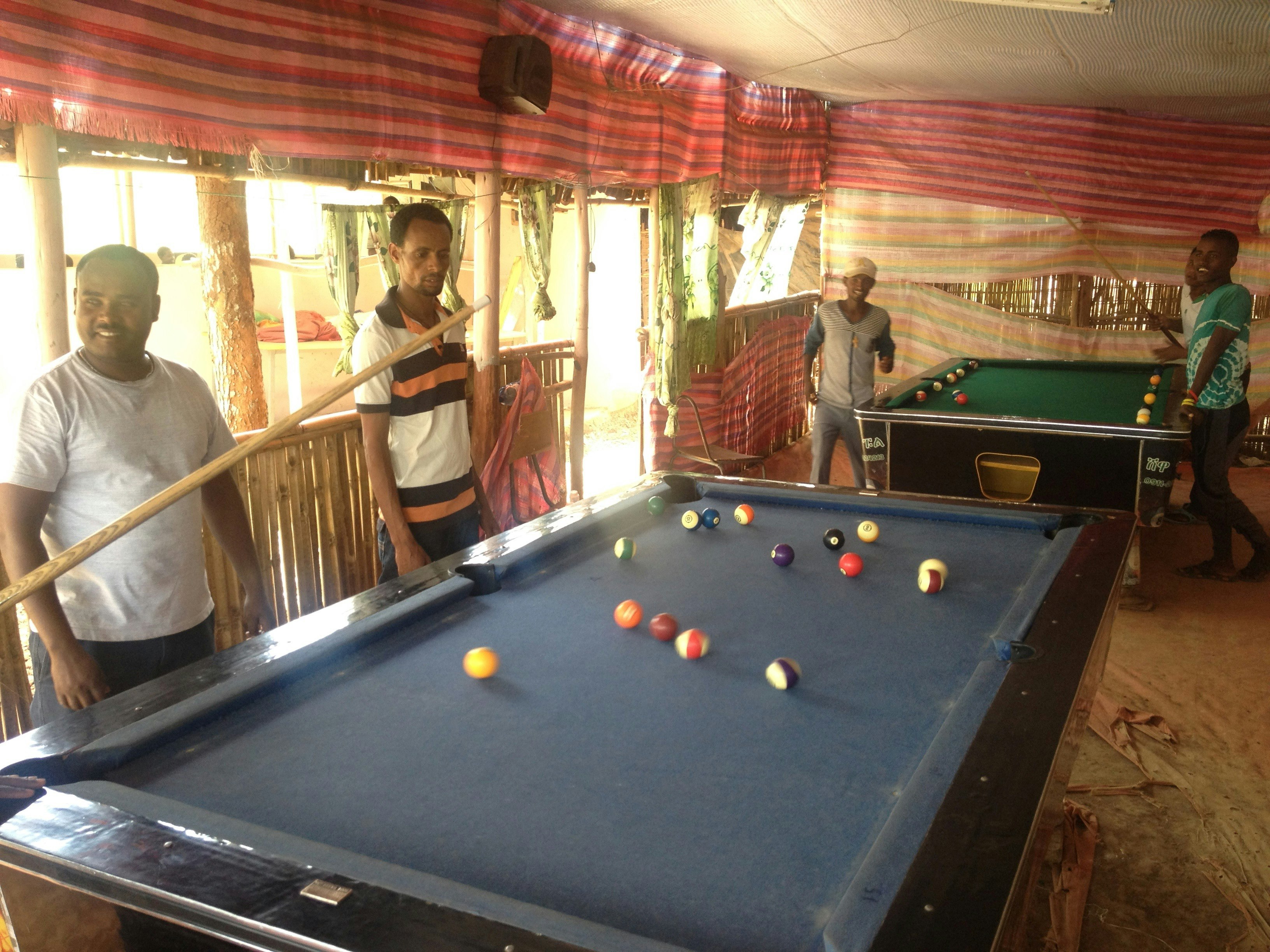
Shiro by the way, is a hot paste or sauce made from chickpea flour or broad bean meal with onion and spices served by pouring it on top of injera. Total cost of lunch was about £0.50 including the Sprite, and it's delicious. Being vegan, shiro is cheap, eating it in the suburbs even more so, but sharing it with such happy, warm-hearted colleagues, makes it a dish to remember.
Another fond aroma that came my way frequently was courtesy of the little factory in Addis, near our office, that was grinding and mixing Berbere spices night and day. The exotic aromas would fill the air and sting the nostrils, well almost! Berbere is a blend of spices made from chilli peppers, fenugreek, cinnamon, ginger, cardamom, and coriander, that is used as the base for a wide variety of savory and spiced Ethiopian dishes.
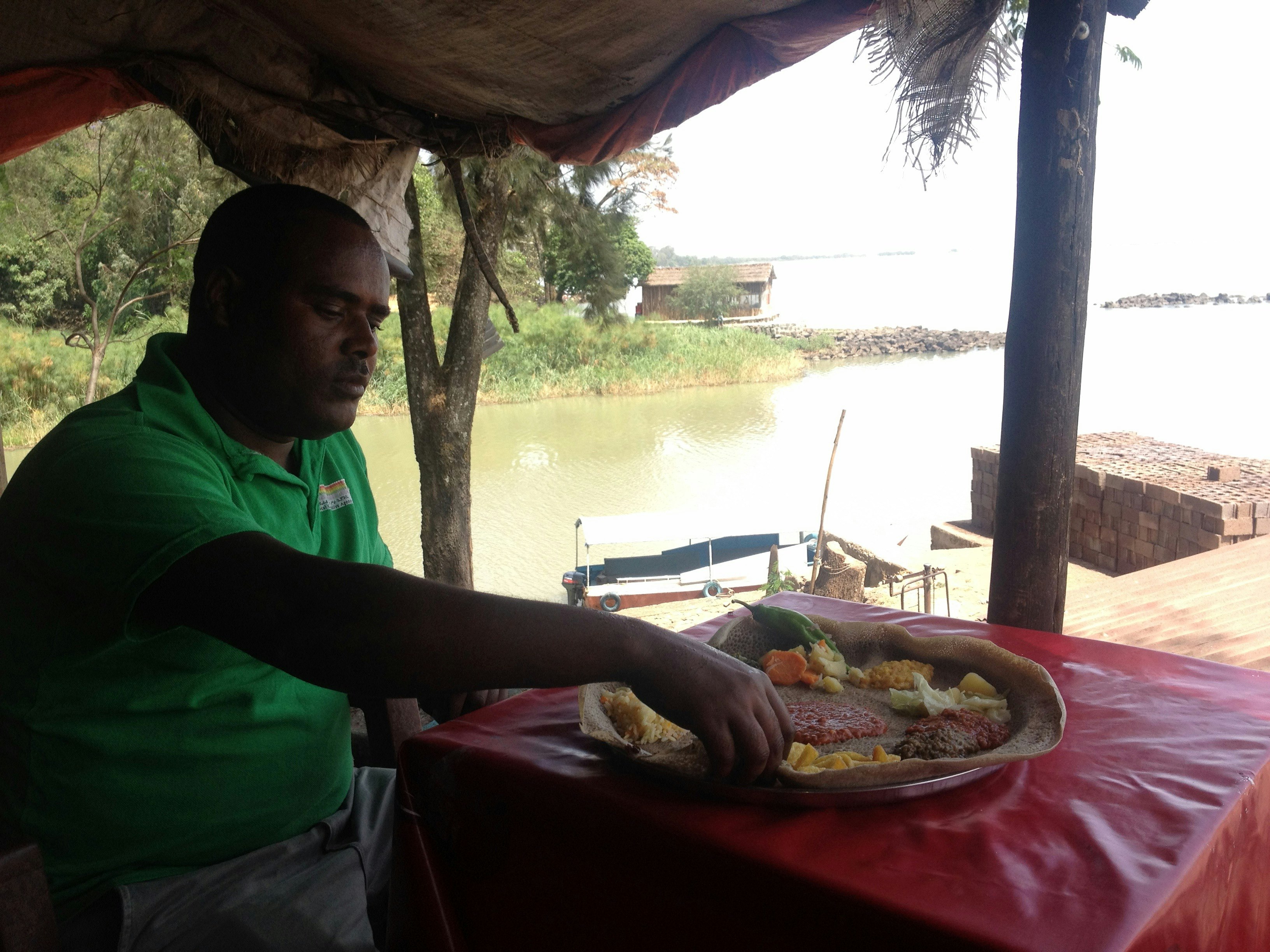
So are Ethiopians vegetation? Nope. In-fact they have one of the lowest per capita consumption of vegetables in the world but they do eat a lot of plants based foods -especially their staple, injera which is made from the seed of Teff, a gluten free grain that is native to Ethiopia. Ethiopians have what I can only explain as a 'yo-yo' diet, going from vegan one day, to eating raw meat in the back of butchers shops the next. Much of the country is pastoral with animal husbandry and meat consumption embedded in its culture.
The key reason though for this yo-yo diet is due to about half the population being Orthodox Christian and eating only vegan food on Wednesdays and Fridays, and for several weeks before major festivals such as Easter and Christmas. All in all, they are vegan for 208 days of the year! The fasting days are chosen to represent the day when Christ was betrayed (Wednesday), when he was crucified (Friday) and are times of purification before the long-awaited Christian festivals.
In the days approaching Easter Sunday shepherds start to herding their flocks into the capital, with hundreds of animals seen grazing on roundabouts, roadsides, and on any patch of grass however barren.
It wasn't until one particular Easter Sunday, when I was walking into the centre of Kazanches, to catch a taxi to a friends house to celebrate, that I realised why there had been such a build up of livestock on the outskirts of the city. I was confronted with piles of goat and sheep skins stacked a metre high on the corner of each intersection.
There were also men stood on street corners with bow saws slung over their shoulders who were available for hire in case you don't want to do the slaughtering yourself, even though tradition has it that the man killing the animal should be 'pure' and os therefore a job done by older boys.
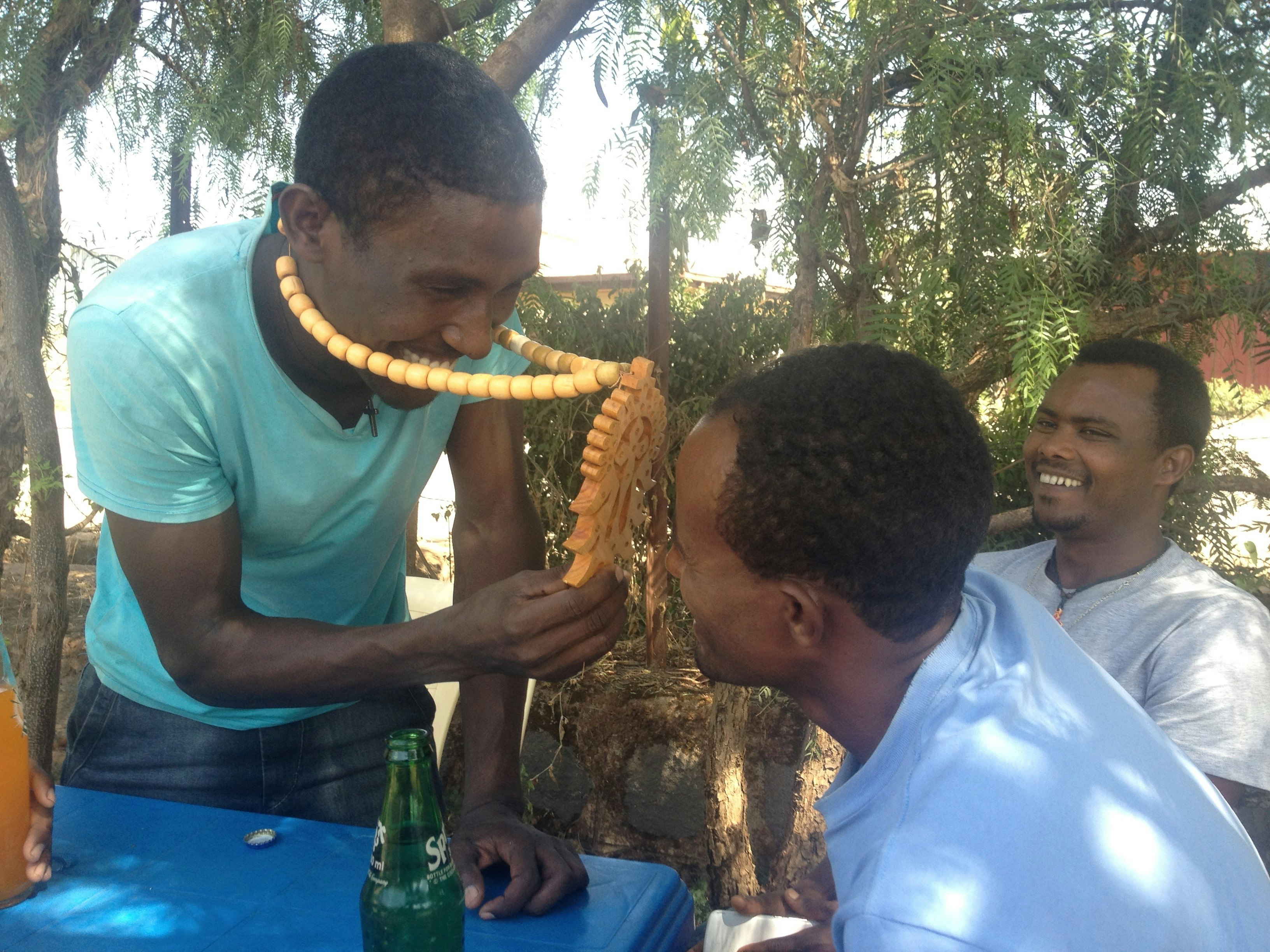
My time in Bahir Dar was very memorable, where I got to be part of the 'real' Ethiopia for a while. Where I met young local men trying to find jobs in a country whose population was exploding and as such were too numerous to just take over the family farm and continue the traditional life that had sustained their ancestors for millennia. For most they were the first generation of rural people to ever go to college or to aspire to setting-up a typical small business such as a juice bar or photocopy stall.
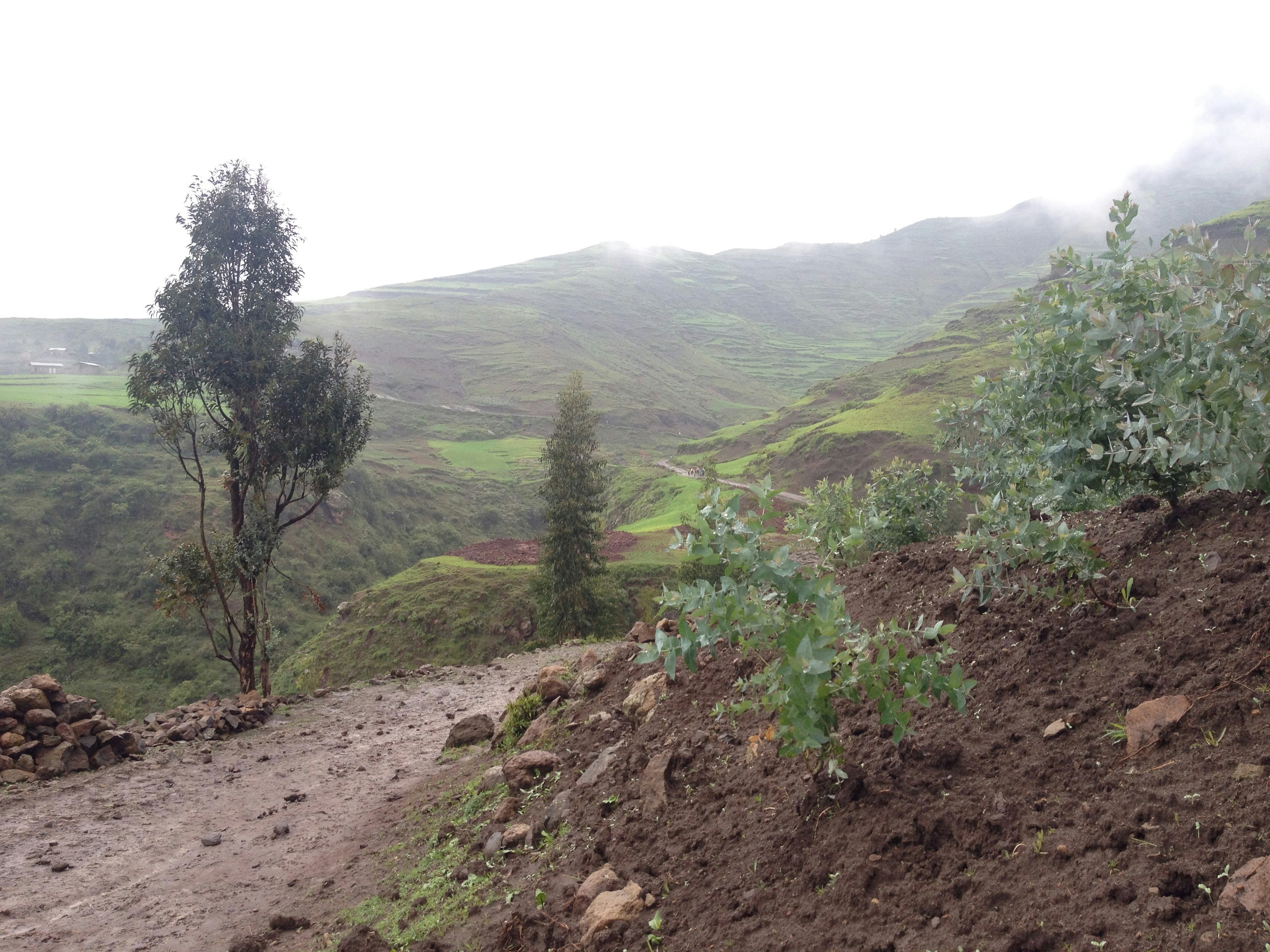
I got to visit beekeepers in their villages, I saw a whole village of people dressed in immaculate white shawls having a village meeting under the shade of a giant tree on the wide open grassy plains. In the high mountains surrounding Lalibela, I encountered a group of rural people singing, as they jointly carried a sick person in a blanket, towards the nearest mode of modern transport or medical facility, which in many cases is many many miles away.
And I happened across a full blown Ethiopian party, in a small Tej bar in the back streets of Bahir Dar, that was full to the brim with traditionally dressed Ethiopians singing and dancing traditional songs and dances, that gave me an amazing insight into the colourful and joyful side of their beautiful and very rich culture.
Oh yes, if you're wondering, we did manage to export some bulk honey but not as you might expect, without some challenges, but that's another story....
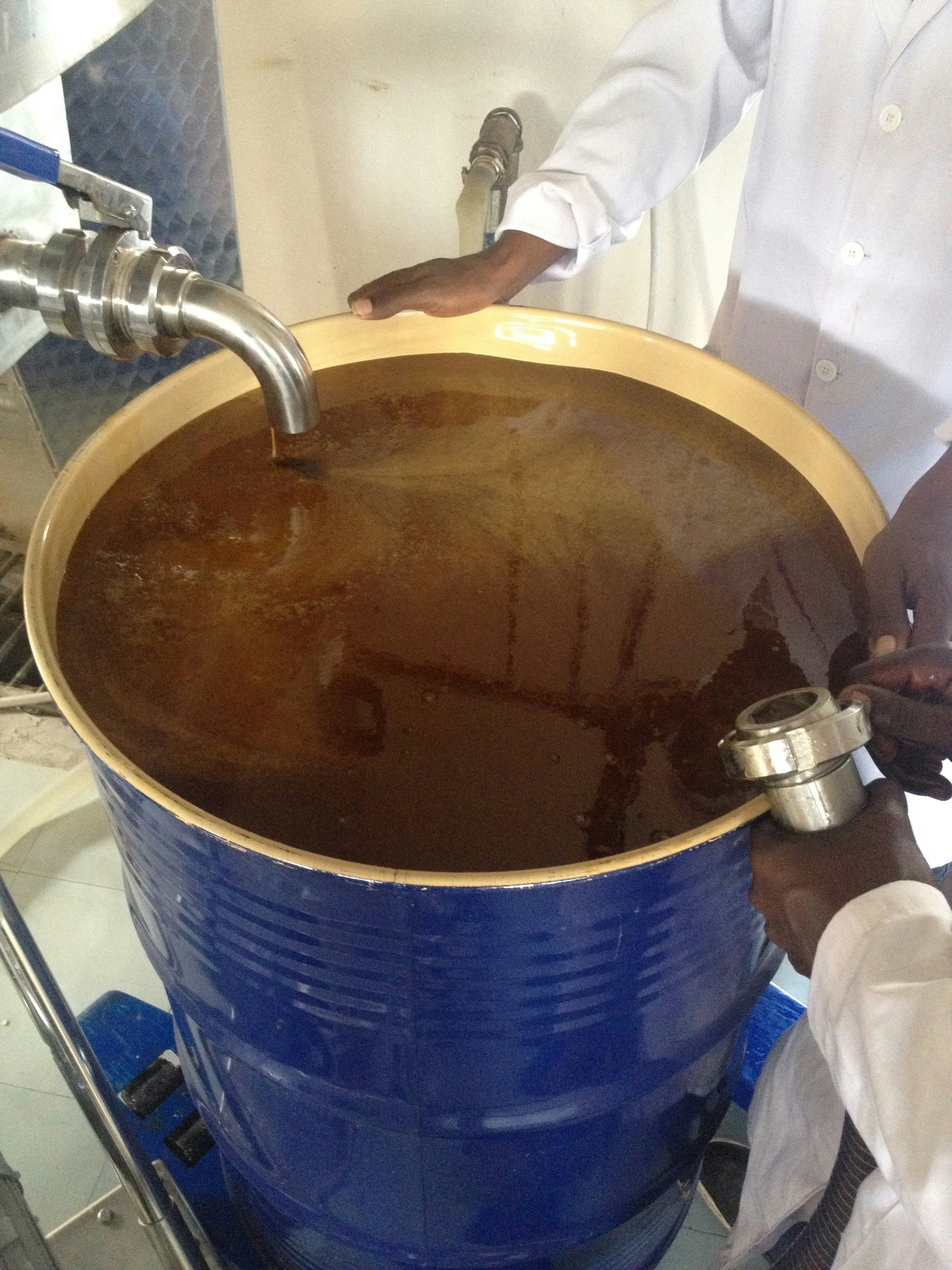
* The original Lalibela cross is a 7kg gold cross which dates back to the 12th century
